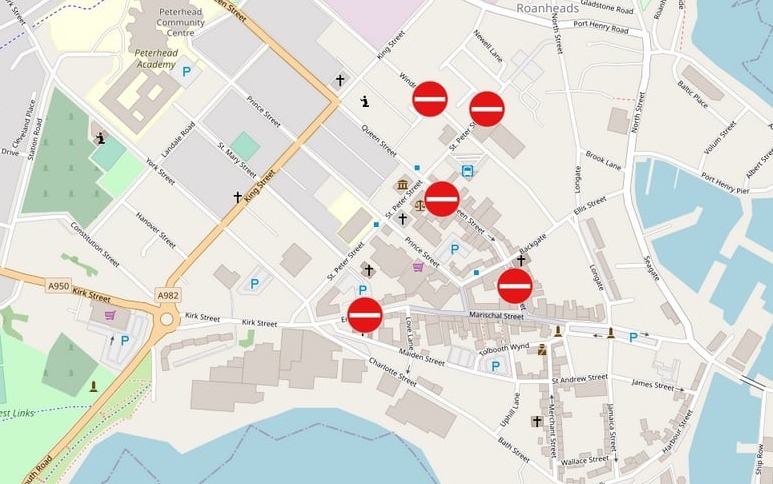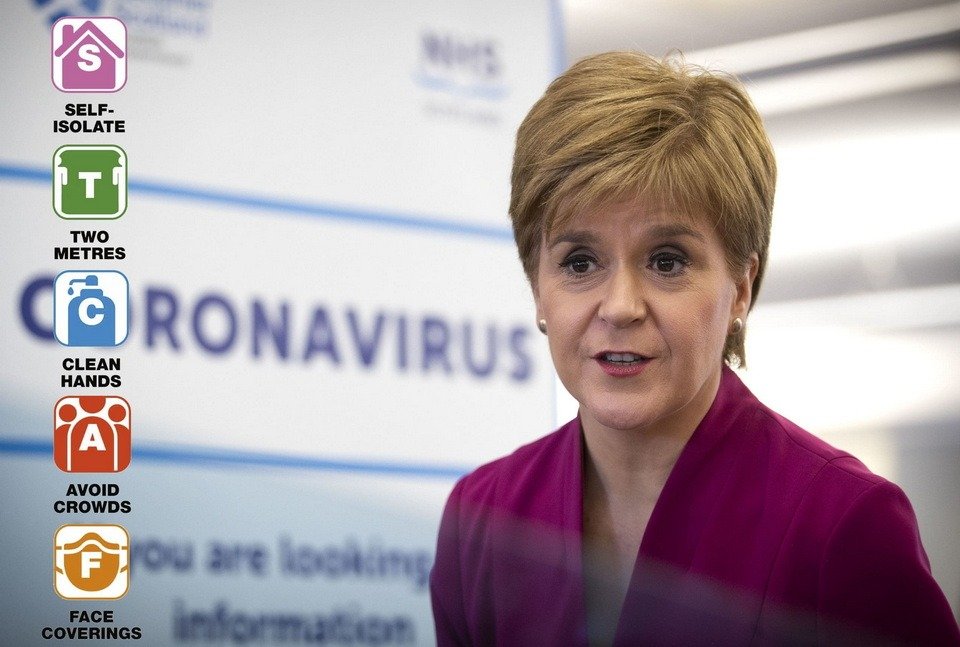New Visited Peterhead today Merv Howard 31 July
Visited Peterhead today Merv Howard
Visited Peterhead today Merv Howard
Peterhead Community Council
Fatal road crash on the Aberdeen to Old Meldrum Road
Thunderstorm warning
Free bus travel in Scotland
And so another Scottish week Peterhead ended.
We would like to thank the organisers Peterhead Scottish Week and to everyone who helped them for an interesting and entertaining week.
Big Thanks to RAF Red Arrows – it’s be great display!
Hope you back next year!
Peterhead Live and I expect the residents and guests of Peterhead to join us to thank you.

Since 1961 Scotland and other parts of the World have celebrated our nationality and the produce of Scotland by holding a gala festival of celebration called Scottish Week.
Many towns and villages throughout Scotland held events.
In the UK only Peterhead, Aberdeenshire still celebrate it as do New York in America.
Uptake by local authorities of a “Scottish Week” Gala was slow but initially 10 places throughout Scotland decided to take up the challenge to promote the country by hosting a programme of events.
Those first ten Scottish Weeks, due to take place in the summer of 1962, were Arbroath, Coupar, Dunfermline, Rothsay, Gourock, Peterhead, Portsoy, Edinburgh, Skye and Stranraer.
Scottish Week Peterhead continues to be one of the top galas in Scotland; a benchmark for others to follow.
The crowds are bigger at events despite opposition from the weather.
The original purpose of the committee back in 1962 was to encourage locals, businesses and tourists to make it thee week to be in Peterhead – the same purpose is the desire of the committee today.

17 July Peterhead Producers Market 10.00 AM – 3.30 PM
17 July Trivia & Tunes Quiz 7:00 PM
18 July Truck & Van Show 10.00 AM
18 July the “MASSON GLENNIE” Picnic 11.00 AM – 5.00PM
19 July The 8th Great Buchan Bake Off 7.30 PM
20 July Prize Bingo 6.00 PM
21 July Artists Challenge 2.30 PM
21 July Baby Show 3.00 PM
21 July RED ARROWS 7.00 PM
22 July Sandcastle competition 2.00 PM
22 July Kids Outdoor Disco (under 12s) 4.00 PM
22 July Dog Tricks Competition 7.00 PM
23 July Live from Peterhead 7.30 PM
24 July Famous Car Show 10.00 AM
24 July Fancy Dress Competition 1.00 PM
24 July ASCO Carnival Parade 2.00 PM
25 July Songs of Praise 7.00 PM

Red Arrows will be back to Peterhead in 2022 if we help with the Fundraiser.
First will be the “Car Show” takes place from 10:00am tomorrow (Saturday) at the Peterhead Academy Bus Park.
The event will run until 1:30pm.
Some cars will then join the “Peterhead Carnival Parade” at 2:00pm through the Town Centre.
After the famous ‘”ASCO Peterhead Carnival Parade” will take place at 2:00pm tomorrow throughout the Town Centre.
Peterhead Scottish Week judges will vote for the Best Floats.
Immediately following the parade, Pipe Bands will perform on Queens Street at 2:45pm.
Please adhere to Scottish Government Guidelines around Social Distancing.

A section of Queen Street WILL BE CLOSED – a road closure notice has been granted. therefore traffic will not be able to pass through Queen Street from the St. Peters Street junction (Courthouse/Justrite) to the Backgate traffic lights (Wetherspoons) for the duration of the Pipe Bands performance.
The Peterhead, Queen Street closure (as stated above) will be between 1:45pm and 3:30pm.
It is strongly advised not to park on Queen Street during these times.
No vehicle movement will be allowed.
Both sides of Windmill Street will be closed between 12:00pm to 2:30pm in order for floats and vehicles in the Carnival Parade to align.

But as we see on other sources, some of the roads will be temporarily unavailable.
Please make alternative arrangements for parking.
Organizer Peterhead Scottish Week.

It will be possible to apply to exempt those who work in critical roles where staff shortages are in danger of putting essential services, such as health and social care, transport and the provision of food supplies at risk.
Exemption will only be granted in respect of members of staff who voluntarily agree not to self isolate, and the employers’ duty of care to all their employees must be respected.
Strict conditions will apply – staff must be double-vaccinated and in receipt of their second dose at least two weeks previously. They will also require to have a negative PCR test and to agree to undertake daily lateral flow tests.
Applications may be made via the Scottish Government website.
Exemptions will be made on a temporary basis and last only for as long as there is an immediate risk to business or service continuity.

First Minister Nicola Sturgeon said:
“It is essential that lifeline services and critical national infrastructure are maintained and we are implementing these changes now – ahead of possible changes to self-isolation rules for close contacts that may apply more generally in future – to ensure staff shortages do not put key services at risk.
“We have seen significant staff shortages in a small number of organisations in recent days and we have worked with them to protect services. Applications for exemptions are being considered from today and we will consider applications as they come in.
“Clinical evidence tells us we can safely and effectively release some critical staff from self-isolation, with appropriate safeguards. However, this is a very limited change at this stage, to be applied on a case by case basis and only where absolutely necessary.
“We will not allow key services to be threatened by staff shortages but equally we must continue to protect public health.”
More information
Information and support for people who are asked to self-isolate because of COVID-19.
The First Minister set out to parliament on 13 July that changes to self-isolation policy may take effect beyond Level 0.
Under this new process, before a staff member who is a close contact of a positive case can return to work, they must fulfil the following criteria:
Staff who cannot reasonably isolate from on-going exposure to a COVID positive household member will not usually be asked to return to work.
Applications can be made via the Scottish Government website and will be required to demonstrate:
Health, social care and local services will have a different process and this will be communicated separately.